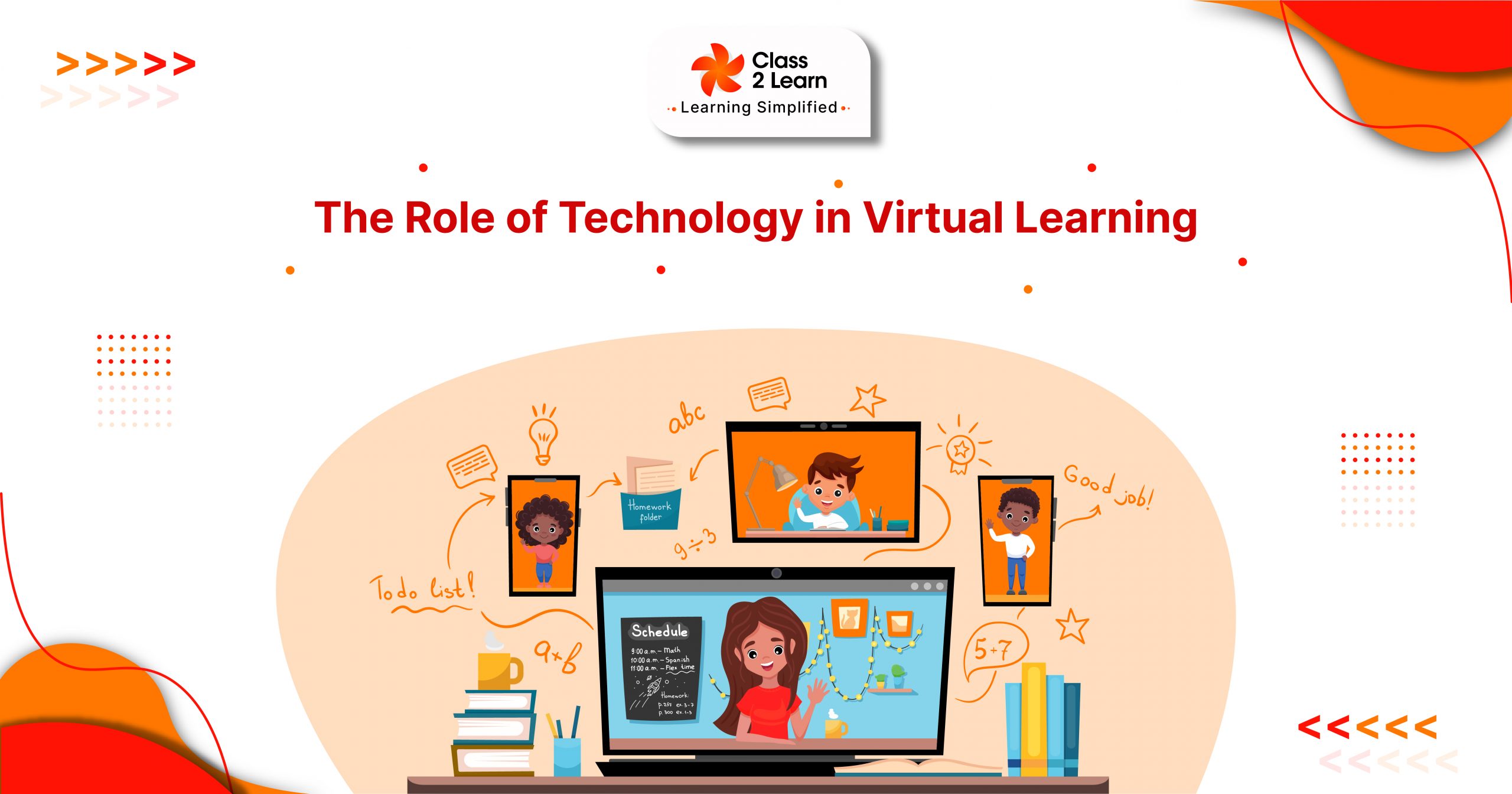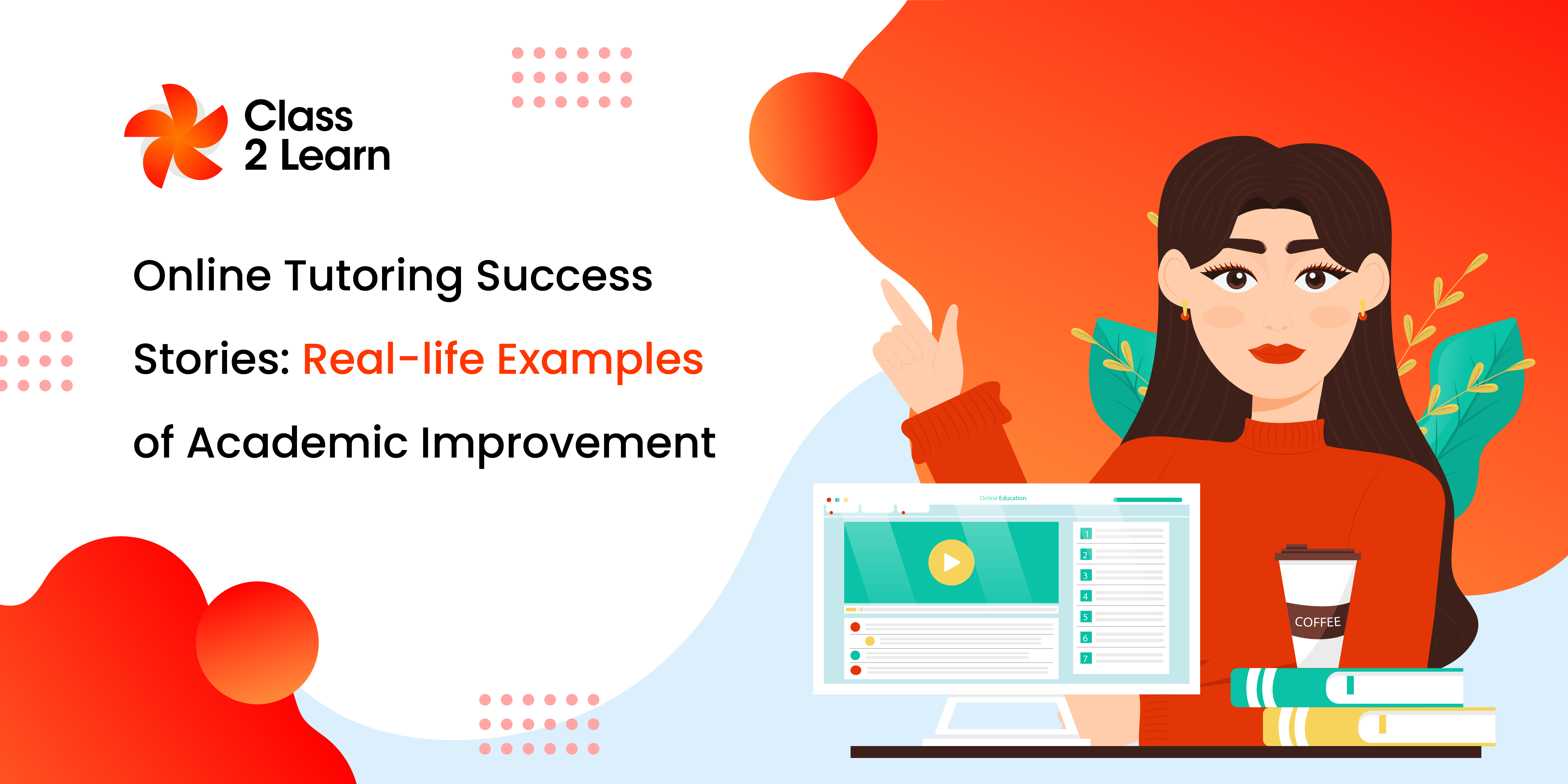The Role of Technology in Virtual Learning
In today’s fast-paced world, organizations and even individuals can hardly do without technology. The latest technologies, like Artificial Intelligence and Machine Learning, are creating new possibilities for every industry, including education, specifically virtual learning.
Ever since the pandemic outbreak, we have realized the importance of technology. We have learned to incorporate multiple technological tools into our lives to maintain continuity in our work and learning processes. Besides, educational experts believe that learning via technology is promising enough to transform the entire education sector in the upcoming years.
Additionally, online learning and virtual tutoring programs can help mentors and learners identify and overcome challenges like workload, efficiency, inclusion, accessibility, and effective classroom engagement. In the following paragraphs, we will discuss the significance of technology in online learning and how it is transforming the education sector.
7 Ways Technology is Boosting Virtual Learning
Technology has become an integral part of every industry, and the virtual learning sector is no exception. Modern-day advanced learning apps help learners, mentors, and parents track the student’s progress and academic performance. Here are seven ways technology is transforming virtual learning and taking education to new heights.
1.Promotes Collaboration and Engagement
Today’s advanced Learning Management Systems (LMS) allow students to engage with their peers and teachers to share their ideas and resources. Teachers can create and control better content through these advanced learning apps and websites. It promotes healthy classroom collaboration, thus enhancing the learning process. Smart meeting and classroom tools and features are replacing face-to-face communications to create an effective knowledge-sharing environment.
Furthermore, learners can communicate with learners from other countries, which helps them upgrade their communication skills and motivates them to work harder. The best part about virtual learning is that students can exchange ideas with a larger community of like-minded learners. It helps them expand their knowledge base and identify the shortcomings in their academics.
The switch from a traditional school environment to a virtual learning setting may seem difficult initially, especially for those who are not tech-savvy. However, utilizing interactive tools and incorporating a collaborative learning approach will help learners adapt to the virtual platform faster. The best part is that technology enables students to shift seamlessly from static study materials to adopting dynamic and interactive learning media content.
2.Learners can develop the necessary skills earlier
Virtual learning platforms rich in advanced technologies enable students to develop necessary research and collaboration skills at a young age. It will be helpful for them in the corporate setting and in many other areas when they grow up.
For example, at the workplace, team collaboration and effective communication are key to success, both at the individual and organizational level. Developing vital skills, knowing the importance of working hard, and learning to take responsibility are essential in every field of life.
3.Gain access to a variety of knowledge
Through virtual learning, pupils can gain immediate access to a vast range of knowledge and informative resources. It further helps them learn faster than their peers. The online world has an unlimited expanse of study materials and resources. You can browse through plenty of informative websites on the Internet, which are helpful for tutors and learners alike.
Most importantly, the learning process is limitless with access to the Internet. Students and teachers can gain access to e-books, download PDF versions of academic books, and watch important learning videos. With such a wide variety of knowledge, one can gain more resourceful ideas and opinions, thus developing a positive learning curve.
4.Improves Learning Outcomes
Educational technologies can enhance student achievement, improve grades, and boost academic outcomes. These intelligent tools are integrated into today’s virtual teaching and learning platforms to create a meaningful classroom environment.
In modern times, students can access visual learning resources, including learning videos on various platforms, live classes, one-on-one doubt-clearing sessions, and immersive learning games. Such engaging online learning opportunities are helping students boost their self-confidence and achieve new success milestones.
5.Enhanced Personalization and Inclusion
The one-on-one virtual tutoring classes that are conducted live help every learner understand complex problems and concepts efficiently. These personalized Q&A sessions allow students to ask away their queries and doubts to their mentors on-live.
With improved technological features in education platforms, pupils can learn at their own pace without feeling peer pressure or a lack of confidence. Every student’s needs and learning preferences are unique, so they need a specialized and personalized classroom setting to make them discuss their academic gaps and shortcomings without hesitation.
Furthermore, online classrooms are most suitable for kids who find it challenging to adapt themselves to the traditional school environment. Plus, individuals living an alternative lifestyle, such as spending maximum time traveling or being unable to attend physical classes due to illnesses, can still receive formal education and fill their career gaps.
6.Higher Efficiency
The most important aspect of technology is its enhanced efficiency. Artificial intelligence and other technologies have made several tutoring tasks smoother and faster. For instance, students taking part in online quizzes can check the correct answers and results instantly. Furthermore, some quiz platforms also provide feedback on wrong answers submitted, allowing learners to understand the concepts and rectify their mistakes.
Apart from learners, educators also find it easy to use technological tools and features to enhance their teaching methods. They can create personalized content tailored to the unique learning needs of each pupil and schedule individual lessons or conduct separate group classes. It also enhances classroom engagement and boosts collaborative learning.
7.Cloud Technology
The recent advancement of cloud technologies has cast a magic spell on online learning. Today, we have a higher number of connected devices; therefore, the controls are in the learner’s and educator’s hands. The rise of smart devices and stable Internet connectivity are providing students with more learning avenues and opportunities.
The integral part of cloud technologies includes fully functional servers, powerful databases, increased storage, accurate analytics, and robust networking. Laptops, smartphones, and tablets are powerful devices and tools for effective virtual learning in modern times, especially after COVID-19. Mobile technologies empower learners to gain higher knowledge, whether kindergarten kids or university students.
Final Words
We remember how we were forced to adapt to online learning technologies during the pandemic. However, owing to its convenience and time-saving nature, virtual tutoring entered mainstream education within a few days and is showing no signs of stopping. In fact, online learning has a promising future for the upcoming generations, who can overcome geographical barriers and time constraints and gain better access to education.





Add comment